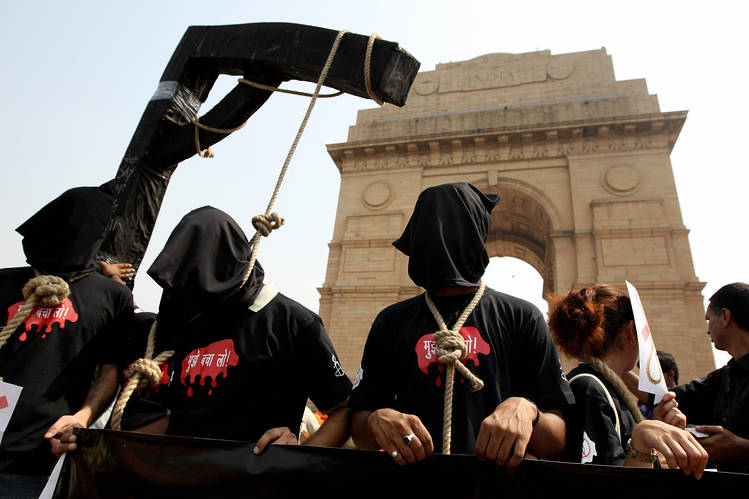Death Penalty in India
The Indian judiciary’s application of the death penalty has come under scrutiny following two recent murder cases with contrasting outcomes. On January 22, 2025, a civic volunteer received life imprisonment for the rape and murder of a medical student, while a woman was sentenced to death for poisoning her partner. These cases highlight ongoing debates regarding the ‘rarest of rare’ doctrine, which lacks a clear statutory definition.
The Rarest of Rare Doctrine
- The ‘rarest of rare’ doctrine emerged from a Supreme Court ruling in 1980.
- It stipulates that the death penalty should only be imposed in exceptional circumstances.
- However, the term itself remains ambiguously defined, leading to varied interpretations by judges.
Key Supreme Court Cases
- In *Jagmohan Singh vs. State of U.P.* (1972), the Supreme Court upheld the constitutionality of the death penalty.
- The court recognised the absence of clear guidelines for judges, which raised concerns about fairness and equality.
- In *Bachan Singh vs. State of Punjab* (1980), the court established the ‘rarest of rare’ principle but did not clarify its parameters.
- The framework for this doctrine was later detailed in *Machhi Singh vs. State of Punjab* (1983). The court identified five categories justifying the death penalty, including the manner of murder, motive, socially abhorrent nature, magnitude of the crime, and the victim’s vulnerability.
Legislative Revisions and Challenges
- Despite the framework, challenges remain.
- In *Mithu vs. State of Punjab* (1983), the Supreme Court struck down the mandatory death penalty provision for inmates serving life sentences, asserting it violated constitutional rights. This decision reinforced the need for judicial discretion in capital punishment cases.
- In 2022, the Supreme Court initiated discussions on ensuring a meaningful hearing for mitigating circumstances in death penalty cases. This move aims to standardise procedures for assessing whether a crime qualifies as ‘rarest of rare’.
Contemporary Implications
The application of the death penalty in India continues to be a contentious issue. Recent verdicts illustrate the disparity in judicial decisions. The lack of a universally accepted definition for ‘rarest of rare’ allows judges leeway, leading to inconsistent outcomes. This inconsistency raises questions about the fairness and application of justice in capital punishment cases.
Public and Legal Discourse
The public discourse surrounding the death penalty remains polarised. Advocates argue for its necessity in deterring heinous crimes. Critics highlight the potential for judicial errors and the moral implications of capital punishment. The ongoing debates reflect broader societal values and attitudes towards justice and retribution.
Month: Current Affairs - February, 2025
Category: Legal & Constitution Current Affairs








